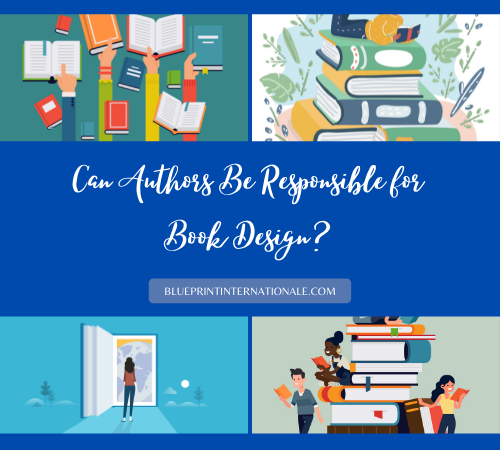Eventually, as an author considering self-publishing a book, you’ll face the same dilemma that we all do: should you also design your book?
However, what lies underneath this issue is another one that may assist answer the first: When is it acceptable for an author to design her book, and when is it preferable to employ a book designer? How do you choose the approach for designing your book?
Some writers want to employ the finest designer they can afford, content to delegate all the intricacies necessary to create a professional-looking book to another. They want a book that will earn the respect of buyers and distributors in the book business and compete head-to-head with titles from big publishers.
Others decide that they should design their books as independent publishers responsible for marketing, distribution, and file conversion. They may utilize everyday tools—typically a word processor—or purchase sophisticated layout software with its learning curve.
It’s wonderful that so many individuals can now self-publish. When it comes to the significant issue of “Should I design my books?” you may find yourself choosing one of these four reasons.
Four (4) Reasons Why Authors Should Self-Publish Their Books
Budget
Many writers lack the funds necessary for professional design. And, if you’re pressed for time, the priority should be to get your book properly edited. If you have insufficient funds to hire a designer, you may attempt to barter for a portion or all of the fee, although many writers choose to do it themselves to save money. Consider purchasing book templates to assist you in getting started, which are available from certain print-on-demand suppliers.
Control
Some writers are very concerned with the appearance of their book. They devote considerable effort to experimenting with typefaces, layouts, book sizes, and other aspects of the book creation process. It may be unsettling for some writers to relinquish control over their work’s appearance, so they cling to the manufacturing process to get the desired impact.
DIY Gene
Some writers would never contemplate delegating their book to another author. Specific individuals have “do-it-yourself” genetics. These may be the same individuals capable of repairing their roofs, repairing their plumbing, and changing their spark plugs. They see the design of their book as an exciting task and like the opportunity to acquire all the new skills required to accomplish it well.
Expertise
Some writers have a background in graphic design or have access to someone who does. For example, a company owner may employ a graphic designer to assist with layout and formatting. Additionally, if you have a background in graphic design and some experience with typographic tools, you could pick up basic book design relatively quickly.
Consider the Following When Choosing Whether to Design Your Books
Whichever of these four categories you fall into, certain books lend themselves more readily to amateur design than others. Consider the kind of book you want to publish while developing a design approach.
To illustrate, below are some examples of book design techniques that apply to particular types of books. While it is entirely acceptable for writers to design their books in certain instances, you may want to hire an expert to aid you.
Art or photography books.
Unless you have prior expertise with color correction and printing, you’re better off enlisting the assistance of a professional book designer at some point.
Any book with offset printing.
When offset printing is used, you may expect to produce 1,000 or more books. You’ll be spending thousands of dollars on the printer, and employing a designer who understands how to create books is a wise investment.
Books with intricate layouts.
If your book is highly illustrated, extensively annotated, or visually complicated, the effort of producing it yourself may be daunting, and you may get irritated rather than enjoy the process. If your book has many figures, charts, diagrams, sidebars, and other typographic components, you might reconsider self-publishing if the only tool accessible is a word processor.
Memoirs or other private publications.
Memoirs are the most similar to novels in that they often need minor formatting. As a result, they make excellent candidates for writers to design. This is particularly true if the memoir or other historical work is aimed at a niche readership.
There is no time to acquire new skills.
The majority of self-publishers work a “day job” and write in their free time. Along with everything else they’re juggling, becoming their book designer may take an inordinate amount of time, dragging down the whole process.
You create novels.
If you want to build your book, this is the most straightforward kind. Novels are often formatted with chapter breaks and paragraph breaks, and nothing else. If you invest in a high-quality font and adequately layout your basic pages, you should be well on your way to self-publishing.
You want your book to seem entirely “professional.”
The books we purchase from conventional publishers often look nice because they are the work of experts. Unless you want to spend the time necessary to acquire their skills, the only way to ensure that your book looks professional is to employ experts.
Whichever method you choose for publication, it’s an excellent idea to spend time reading books, especially those in your field or area.
Finding the right company that offers quality and affordable book marketing and publishing services is easy with Blueprint Press Internationale. Pick up your phone and dial (888) 617-8289 to know more. You can also go to blueprintinternationale.com for more details.




